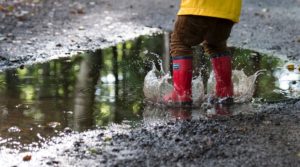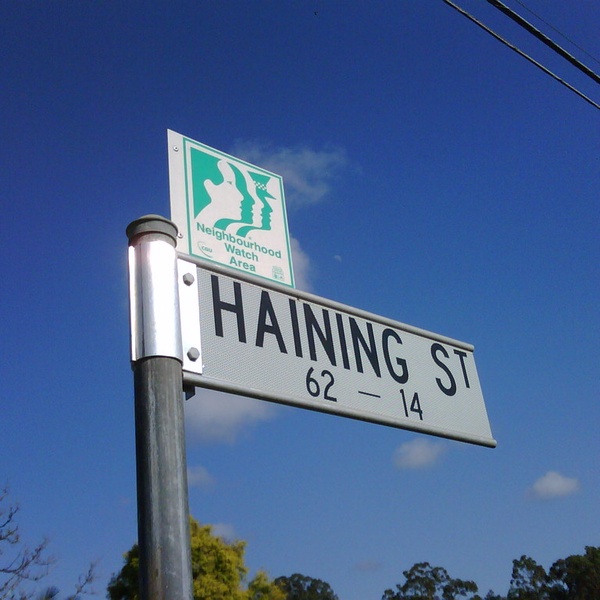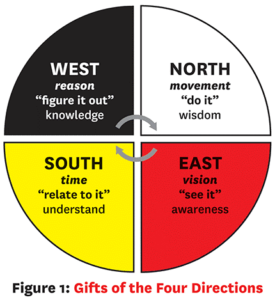Photo by JESHOOTS.COM on Unsplash
In evaluating the selection of resources chosen, that can be used to communicate with families as a means to assess student needs, I considered the following:
- Authorship
- Date of publication
- Relevance
- Accuracy and objectivity
- Bias
- Low or no cost to schools/district
It was not difficult to determine which websites/apps had clearly identified authorship. All of the resources I explored and selected for communication, in order to assess student needs had known authorship. While exploring credible resources, if I were unable to identify an author or creator, I would be reluctant to use it. One of my primary concerns is with privacy. more specifically ensuring that communications and information collected is not public. Of the resources I curated, 3 are websites created by British Columbians’, though I did not use location as a criterion. All of the apps I looked at as communication tools with students, educators and parents had privacy protection with either COPPA (Child Only Privacy and Protection), FIPPA (Freedom of Information and Protection of Privacy Act) or FERPA (Family Education Rights and Privacy Act). The provincial websites explored,(Inclusion BC and BCED Access) had information primarily for parents seeking support and resources for children with exceptionalities. While these sites are not directly designed for educators, I think they are worthwhile for gaining a greater understanding of communicating with parents.
The selection of websites and apps that I chose to explore have up to date publications. I found some really great articles on the Inclusion BC website as well as on understand.org which are mature sites. Shelley Moore’s site is current and frequently updated. In addition, it was interesting to see which sites came up at the top of the Google search under “communication apps for home/school”. Classtings, Parentsquare, Talkingpoints and Remind were at the top of the list. Actually, Remind is an app that has come up in numerous searches and is one I am going to explore further for home/school communication, Remind more specifically for ELL (English Language Learners).
This was an interesting area to evaluate in, because looking at “home/school communication” and “assessing students needs” primarily brought up apps and websites for improving parent and teacher communication. The sites highlighted articles on how communication could be improved between parents and teachers, but not necessarily the apps to support this. Additionally I did not find very much information on apps that could support home/school communication which could then be logged, or allowed message history to be exported. With the exception of Remind, which offers history export applications, translation features in over 100 languages and allows you to pull content from other applications. This app is hugely used in the U.S. and had a high privacy rating of 94% from the non-profit site commonsense.org Despite the fact that I did not highlight Remind as an option in my curation of resources, further research and consideration has led me to think that it will be a great resource and fit well with the framework we wish to create around home/school communication, especially because it ticks the boxes for accessibility, equity and inclusion.
All of the apps explored were either completely free to access, or had options for upgraded paid features. Most of the sites several peer reviewed comments on usage and most had positive feedback, with the exception of Classtings that had numerous comments about too many notifications.
Not included in this list are resources curated to provide communication logs. The apps explored will serve to provide support to parents and educators for home/school communication and the gathering of data, however we will explore the tracking of communication further. Next steps involve developing a framework for data collection and communication that allow translation apps to transfer communication history into live docs for communication tracking.















Recent Comments